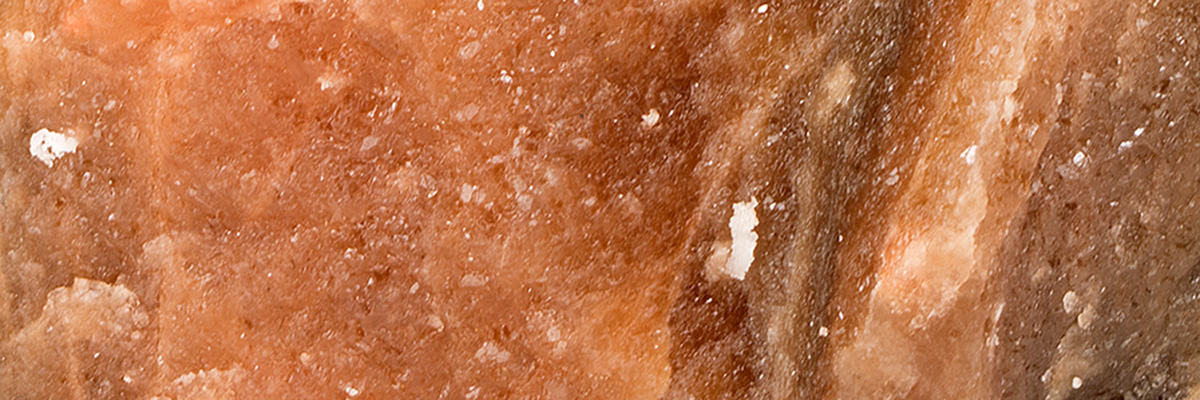Carnallite is a potassium magnesium chloride hydrate mineral belonging to the halide class of minerals. It is characterized by its softness, deliquescent nature, and well-formed cubic, prismatic, or fibrous crystal structures. The mineral typically exhibits a vitreous luster and is often found in white, yellow, red, or colorless varieties, occasionally with a tinge of blue or violet.
Usage
Carnallite is primarily used as a source of potassium and magnesium, with its most significant application being in the production of potassium fertilizers. It is also used as a raw material for the extraction of magnesium, which is an important lightweight structural metal utilized in various industries, including aerospace, automotive, and electronics.
Gemstone
Carnallite is not considered a gemstone due to its softness, deliquescent nature, and solubility in water, which make it unsuitable for use in jewelry.
Origin
Carnallite forms through the evaporation of potassium and magnesium-rich brines in arid environments, such as salt lakes and evaporite basins. The mineral forms in layers or as interstitial cement between other evaporite minerals like halite and anhydrite.
Occurrence
Carnallite is primarily found in evaporite deposits and is associated with other evaporite minerals like halite, anhydrite, and sylvite. Some of the most significant deposits of carnallite are found in Germany, Russia, Canada, and the United States, particularly in the Great Salt Lake region of Utah and the Permian Basin in Texas and New Mexico.
Metaphysical
Carnallite is not commonly associated with metaphysical or spiritual practices, likely due to its softness, deliquescent nature, and solubility in water, which limit its practical applications in these areas.
| Class | Halides |
| Formula | KMgCl3·6(H2O) |
| Luster | Vitreous |
| Hardness (Mohs) | 2.5 |
| Streak | White |
| Color | Colorless, white, yellow, red |
| Cleavage | Perfect in three directions, forming cubes |
| Specific Gravity | 1.6 |


